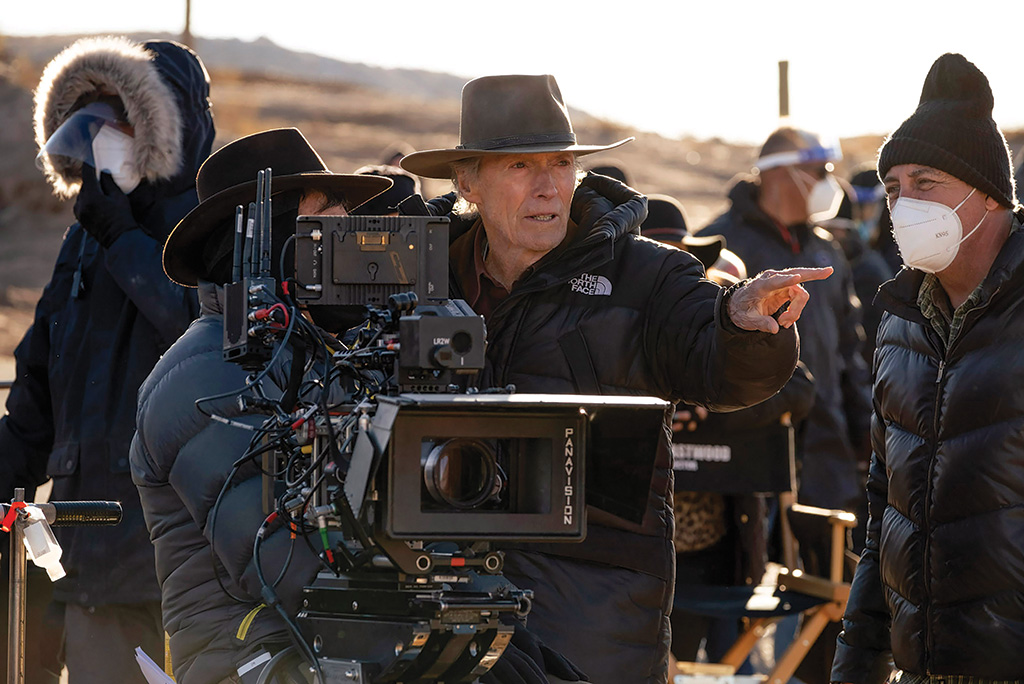nagoyasuzukiamerica.com – Clint Eastwood, a name synonymous with the American film industry, has carved a niche for himself not just as an iconic actor but also as a distinguished director. With a career spanning over six decades, Eastwood’s directorial work is marked by a unique blend of storytelling, character development, and a distinctive visual style. This article delves into the craftsmanship that defines Eastwood’s directing prowess.
A Minimalist Approach
One of the hallmarks of Eastwood’s directing style is his minimalist approach. He often opts for simplicity in his storytelling, allowing the narrative and characters to take center stage. Eastwood avoids unnecessary embellishments, focusing instead on the essence of the story. This minimalist approach is evident in films like “Mystic River” and “Gran Torino,” where the emotional depth of the characters is brought to the forefront without the distraction of elaborate cinematic techniques.
Mastery of Pacing
Eastwood has a keen sense of pacing, knowing exactly when to let a scene breathe and when to build tension. His ability to control the tempo of a film ensures that audiences are fully engaged from start to finish. In “Unforgiven,” Eastwood expertly balances the slow build-up of character development with the intense climax, creating a compelling narrative arc that resonates with viewers.
Character-Driven Narratives
At the heart of Eastwood’s films are richly developed characters. He has a knack for creating multi-dimensional characters that audiences can connect with. Eastwood often explores complex moral dilemmas and human emotions, allowing characters to evolve naturally throughout the film. This focus on character-driven narratives is a defining feature of his work, as seen in films like “Million Dollar Baby” and “Letters from Iwo Jima.”
A Director’s Eye for Detail
Eastwood’s attention to detail is another aspect of his craftsmanship that sets him apart. He meticulously crafts each scene, ensuring that every element serves the story. His ability to capture the nuances of a setting or a character’s expression adds depth and authenticity to his films. Eastwood’s commitment to detail is evident in the historical accuracy of “Flags of Our Fathers” and the atmospheric settings of “The Outlaw Josey Wales.”
Collaborating with Talent
Eastwood’s success as a director is also attributed to his ability to collaborate effectively with talented actors and crew members. He fosters a creative environment that allows actors to deliver their best performances. Known for his calm demeanor on set, Eastwood trusts his team and encourages input, resulting in a collaborative effort that enhances the overall quality of the film.
Conclusion
Clint Eastwood’s directing is a testament to his craftsmanship and dedication to the art of filmmaking. His minimalist approach, mastery of pacing, focus on character-driven narratives, attention to detail, and collaborative spirit have earned him a place among the great directors of our time. Eastwood’s films continue to captivate audiences, leaving a lasting impact on the cinematic landscape.
